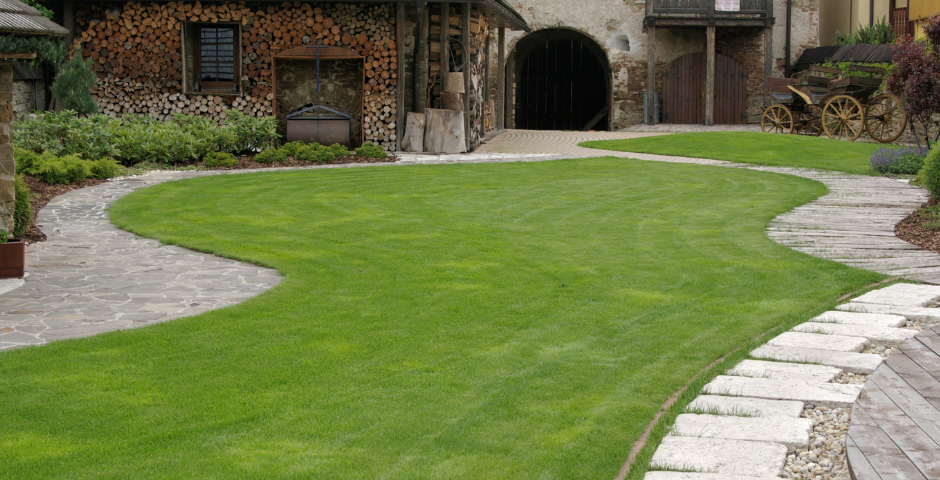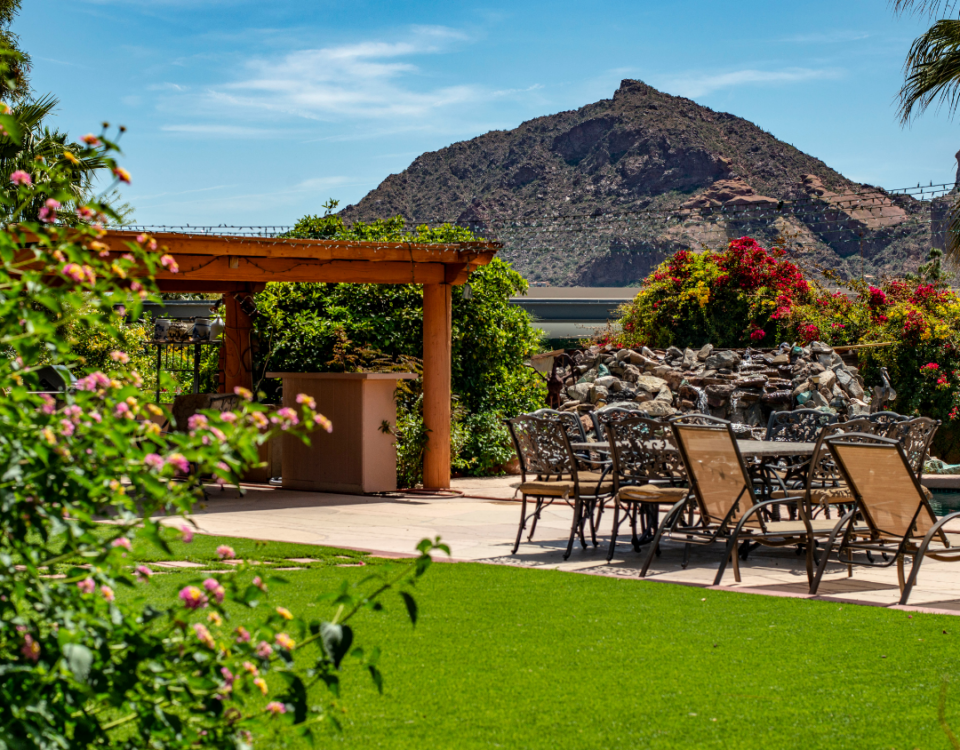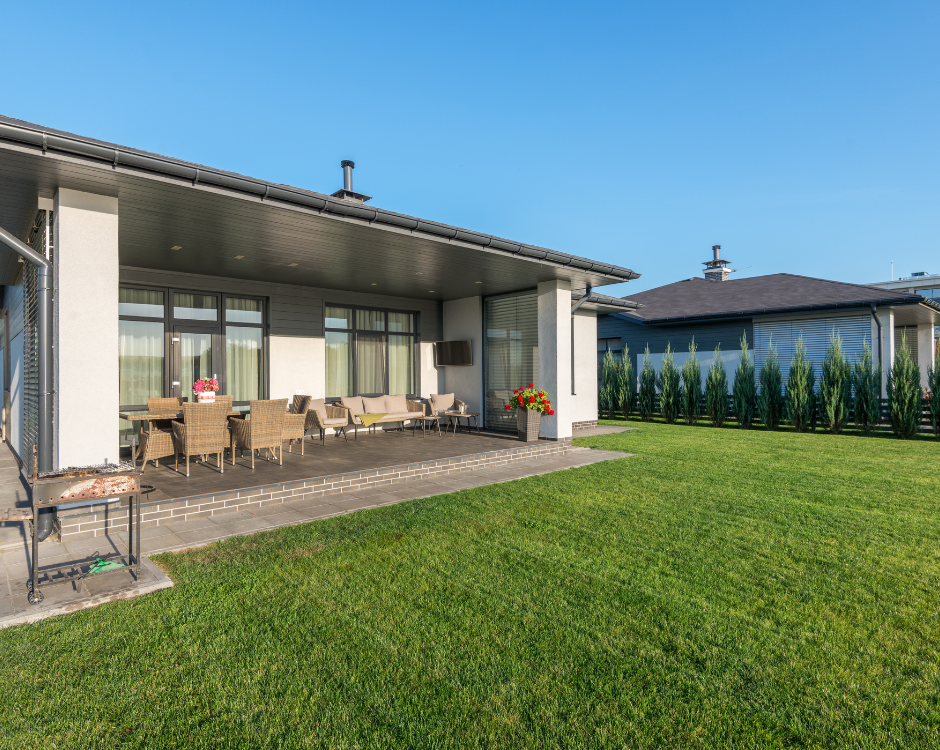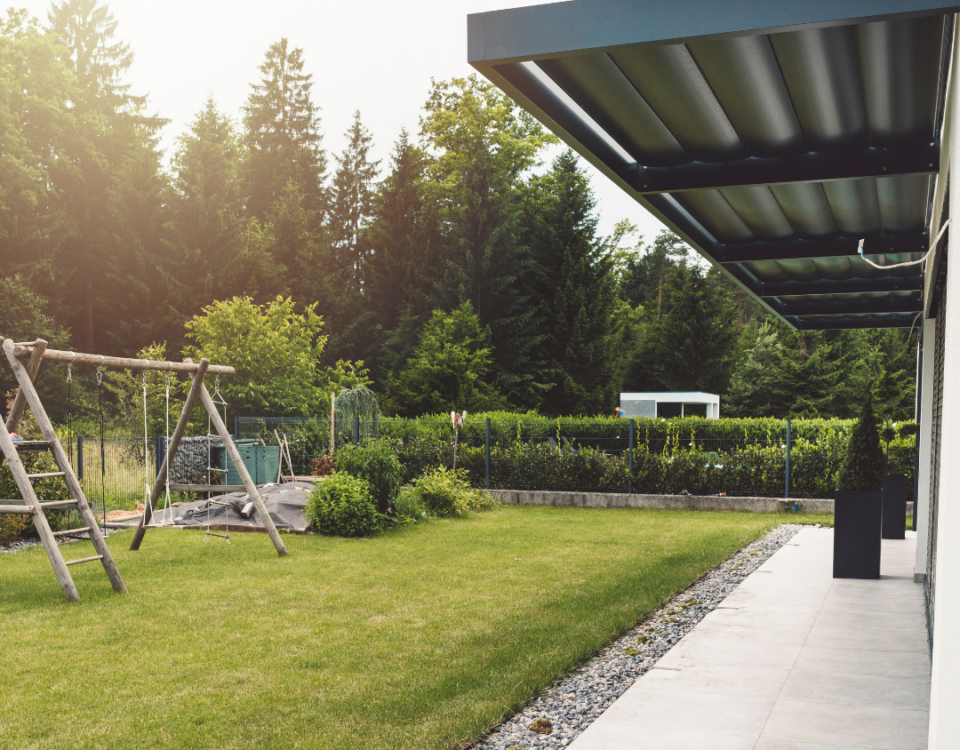
Lush and Beautiful – How Artificial Turf Can Give Your Backyard a Makeover
April 6, 2023
How Artificial Turf Can Transform Your Backyard
April 6, 2023A Guide to Artificial Turf in Your Backyard
There is no reason why you can’t have a natural-looking lawn in your backyard. Whether you’re considering a small area or a large expanse, artificial turf is a versatile and durable alternative to traditional grass.
There are many different types of artificial turf, so you need to be aware of the pros and cons of each option before you make a decision about your yard. The best way to determine which type of artificial turf is right for you is to talk with a professional.
The first step is to prepare the ground for installation of your new turf. This involves excavating a large section of your yard and then securing the base material that will hold the synthetic grass in place. The amount of gravel you need depends on the turf brand and your location, but a basic base layer of 4-5 inches is usually enough.
Once you have the gravel base in place, it’s time to add a leveling layer and compact the soil. This can be done with a vibratory plate compactor or a roller. It’s also a good idea to spray the surface with weed killer before you lay down your turf. This will prevent weeds from sprouting up through the turf, which will cut down on the number of times your maintenance team must spray the area with a weed killer each year.
Roll the Turf out to a Size That’s Right for Your Backyard
To get the perfect size for your yard, you need to calculate the length and width of the area that you want to cover. Most artificial turf comes in 15 ft widths (occasionally 12 ft for putting greens) and up to 200 feet in length.
If you have a lot of space, you can use several rolls of artificial turf to fill the entire yard. To do this, measure the yard from the widest point at one end to the widest point at the other, then multiply those numbers together.
You should also consider the level of foot traffic your new turf will receive, and choose a blade type that will best suit your needs. If you plan to have high-traffic areas, such as a children’s play area or soccer field, opt for short low density grass with thick blades.
Installing Artificial Grass in Your Backyard
Once you have your new artificial turf laid out and you are satisfied with its shape, trim the edges. This will help you avoid any seams.
Next, connect the turf pieces to each other using outdoor tape or turf glue. Apply tape lengthwise to the bottom side of each piece of turf, and then line up the edges with the lines on the tape. This will help secure the pieces together and create a smooth, flat finish.
When the adhesive is set, begin securing the turf to the base by fastening one end with 60D nails, spaced 3″-4″ apart. Work across to the opposite end and repeat until you have a tight fit.
How Artificial Turf Can Transform Your Backyard
Lush and Beautiful – How Artificial Turf Can Give Your Backyard a Makeover




